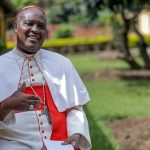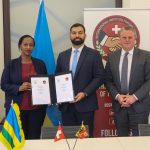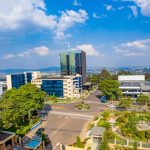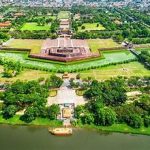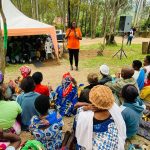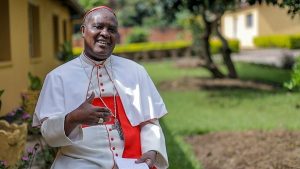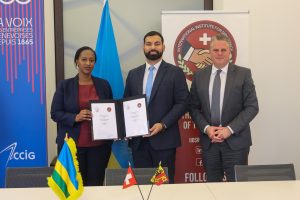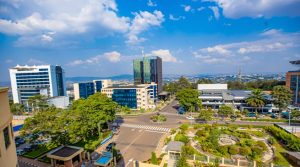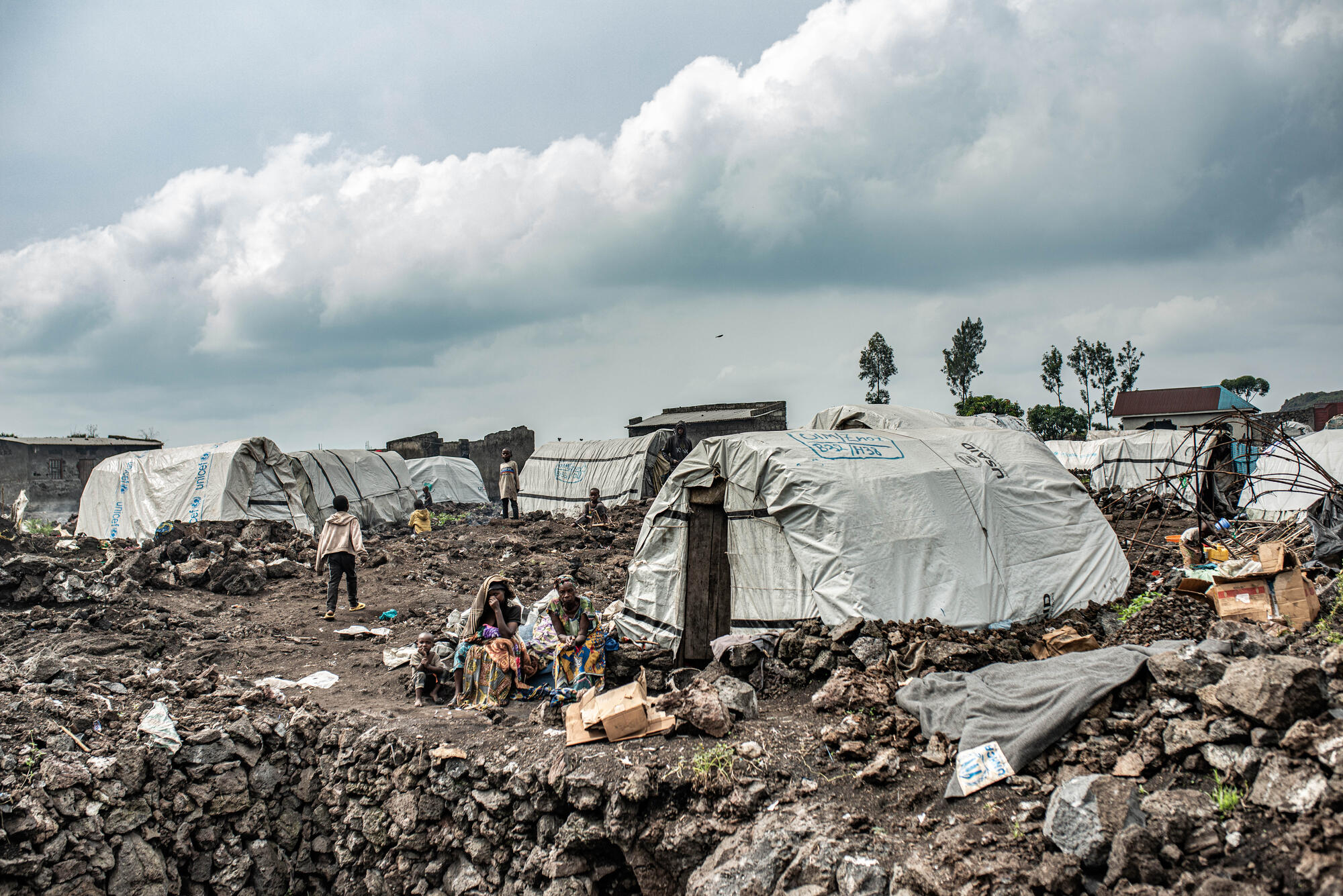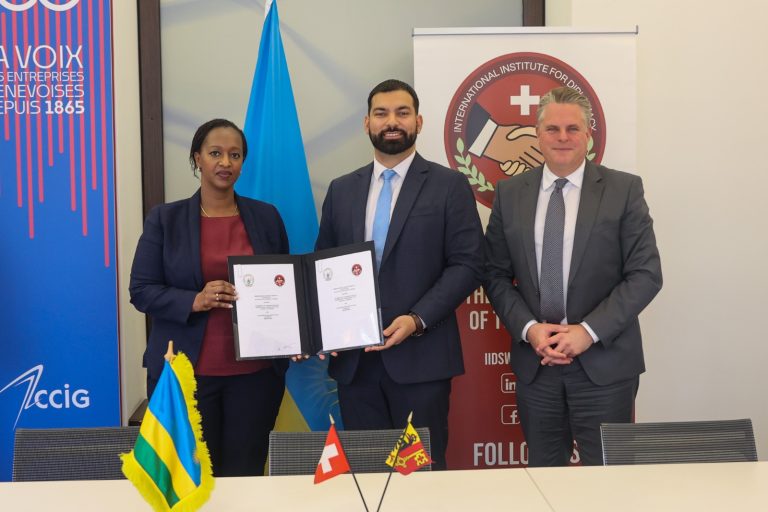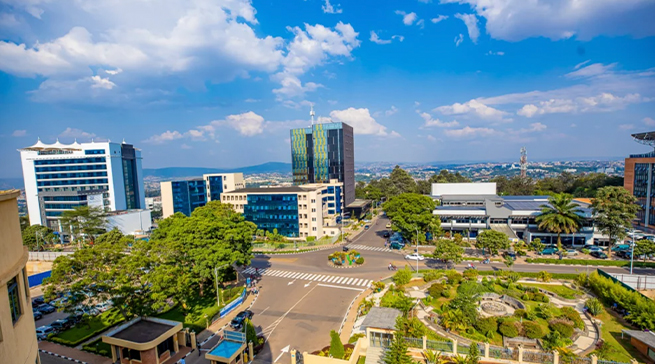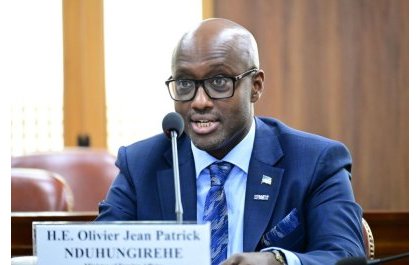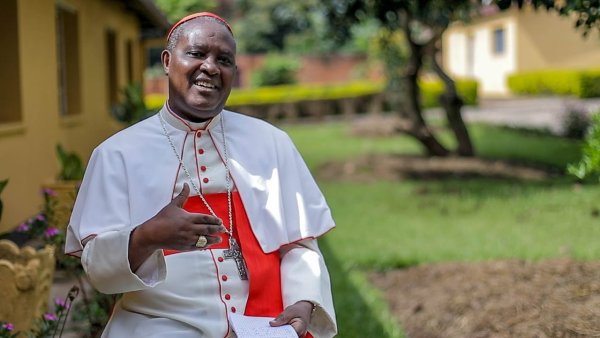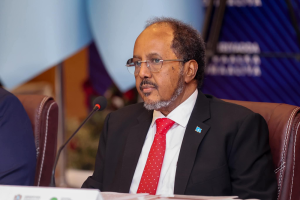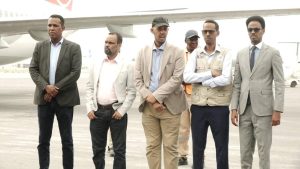The recent developments surrounding the closure of displaced persons camps around Goma invite a comprehensive diplomatic analysis that delves into the intertwined political, humanitarian, and strategic facets shaping the current narrative. At the center of this discourse lies the portrayal of M23—an armed group that has historically been both a rebel entity and a pawn in regional geopolitics—as the villain responsible for upheavals in the region, particularly in the context of displaced persons returning to their homes.
Historical and Political Context
The existence of camps for internally displaced persons (IDPs) in and around Goma cannot be viewed solely through the lens of humanitarian necessity. These camps have historically served a multifaceted purpose. Politically, they have functioned as a tool to perpetuate the narrative that civilians fleeing the conflict are victims of M23’s brutality, thereby justifying continued international and governmental engagement in the area. These narratives, often amplified by international media and NGOs, have created a perception of ongoing crisis that demands international intervention and prolonged presence of peacekeeping or humanitarian forces.
Economically, the camps have provided a steady stream of funding, employment, and influence for numerous NGOs and local political interests. Many of these organizations have become deeply embedded in the local fabric, their operations seemingly intertwined with regional political agendas that have occasionally overshadowed direct humanitarian objectives. Indeed, for some actors, the camps are less about safety or aid and more about maintaining a status quo conducive to their interests.
Goma’s Status as a Militarized Hub
Goma’s reputation as one of the most militarized urban centers globally is inseparable from its role as a nexus for international NGO activity. The city has seen repeated cycles of conflict, peace negotiations, and militarization, turning it into a symbol of instability yet also of international engagement. The high concentration of NGOs—many with substantial political and financial stakes—has contributed to a unique environment where peace, security, and aid intersect, often blurring distinctions between the humanitarian and the political.
The recent decision to facilitate the return of displaced persons signifies a critical pivot toward stabilization. It reflects both a recognition of the resilience of local populations and an acknowledgment that enduring peace depends on allowing citizens to re-assume their livelihoods and lives without the shadow of conflict. However, this transition also threatens the vested interests of those who have benefited from a system that sustains the camps and the narratives they generate.
The Labeling of M23 and Historical Parallels
The immediate and often uncritical labeling of M23’s actions as criminal mirrors regional and international patterns of politicizing security operations. Historically, similar narratives have been used to justify military actions, restrict dialogue, and marginalize groups perceived as threats—regardless of their underlying motives or the complexity of the conflict.
The case of Rwandan refugees during the 1994 genocide and its aftermath provides a pertinent parallel. During that period, the repatriation of refugees was fraught with politicization. Some factions, benefiting from the chaos, used these populations as leverage, human shields, or pawns, which complicated genuine peace efforts and led to further destabilization. The FDLR, with its deep ties to some Congolese and regional power structures, exemplifies this phenomenon—utilizing fears and displaced populations for political and economic gains.
Similarly, the expulsion of NGOs from Rwanda in 1995—many of whom had staff that later turned critical of the Rwandan Patriotic Front (RPF)—demonstrates how shifts in power and control can redefine the landscape of humanitarian operations. These episodes underscore that humanitarian aid in conflict zones often becomes entangled with political interests, sometimes at the expense of the populations it seeks to serve.
Implications for Regional Diplomacy and Peacebuilding
A balanced diplomatic approach must recognize these complex realities. The portrayal of M23 as solely responsible for instability risks overlooking the broader regional interests, including those of the Congolese government, neighboring states, and international actors that have historically utilized the conflict to serve their strategic objectives. It is critical to distinguish between meaningful peace efforts and narratives that serve short-term political or economic gains.
Furthermore, the recent return of displaced persons signifies an opportunity for genuine peacebuilding and reconciliation—yet it also challenges the entrenched interests of those benefitting from the continued existence of camps and conflict narratives. Diplomacy should focus on fostering dialogue, ensuring security, and supporting local populations’ right to peace and stability.
Conclusion and Recommendations
In conclusion, the current situation in Goma underscores the need for a nuanced, diplomatic perspective that transcends simplistic narratives. The focus should be on protecting civilian rights, supporting sustainable peace processes, and addressing the root causes of conflict rather than assigning blame based on politicized narratives. Regional and international stakeholders must work collaboratively, respecting the sovereignty of the Congolese state while promoting inclusive dialogue that considers the interests of all parties, especially the affected communities.
